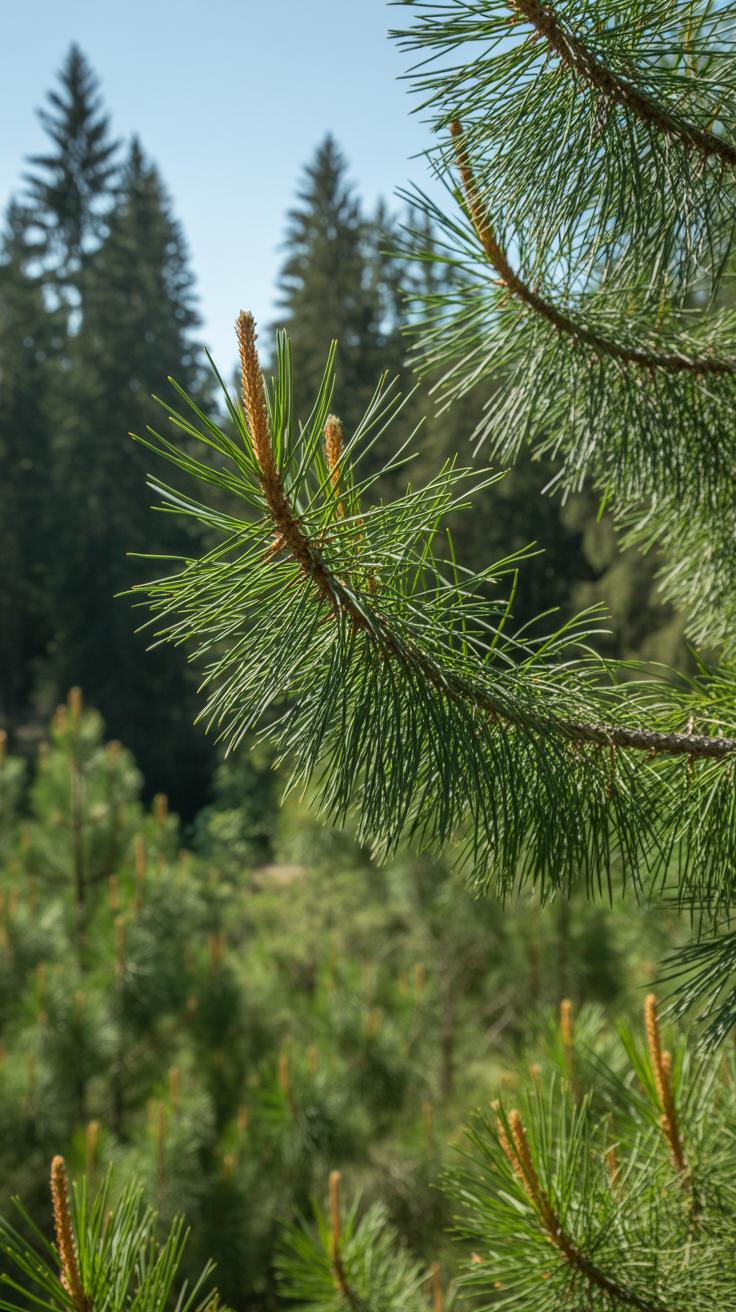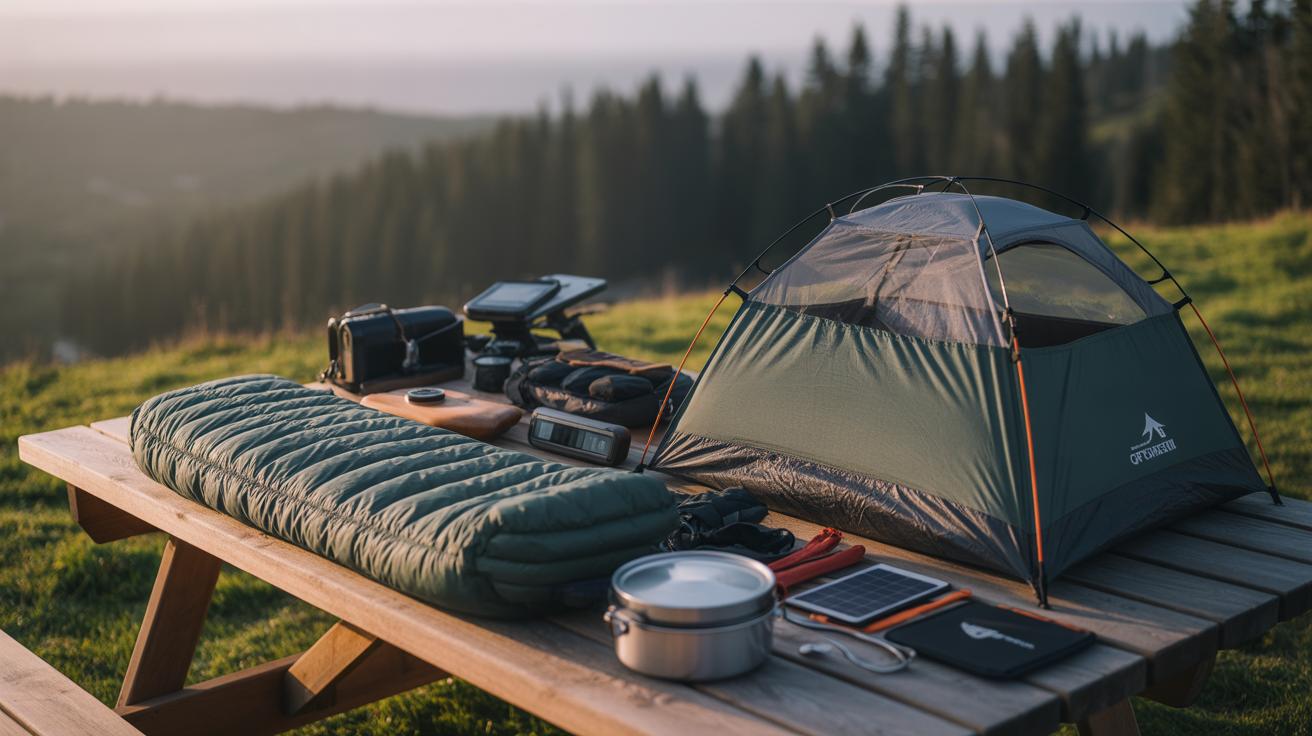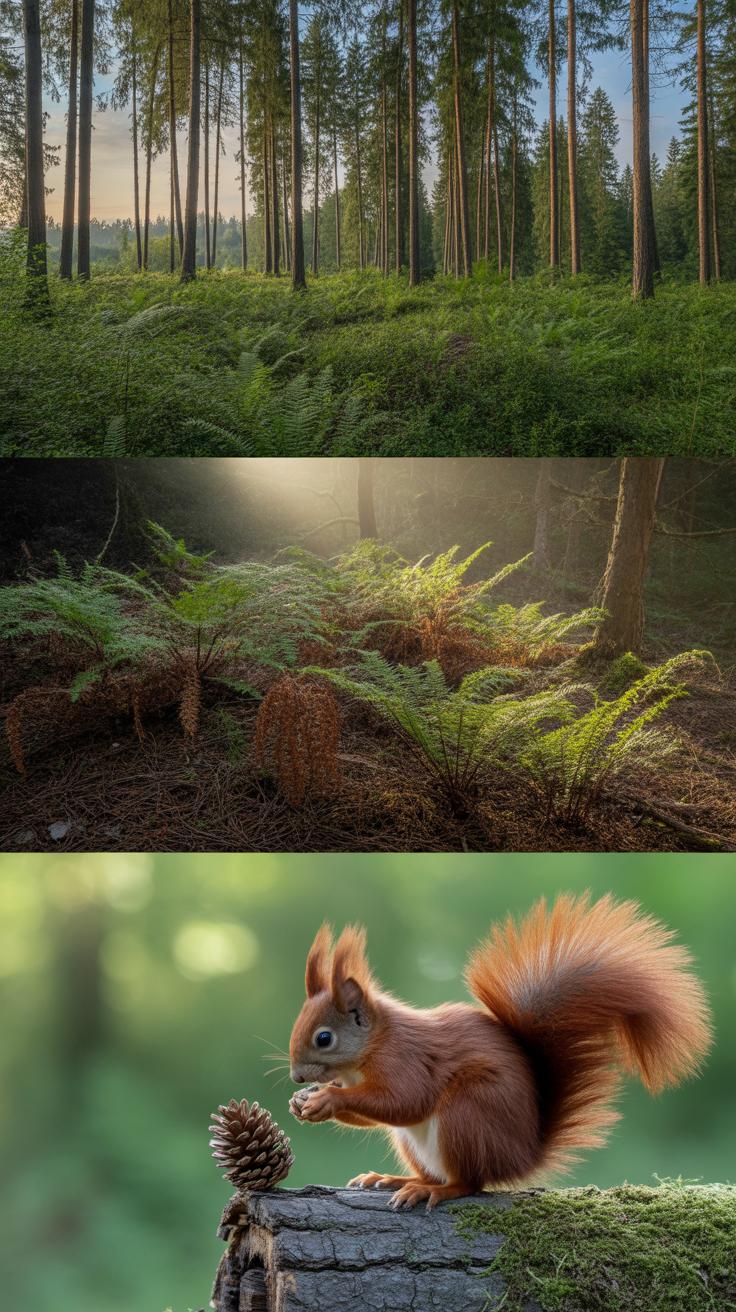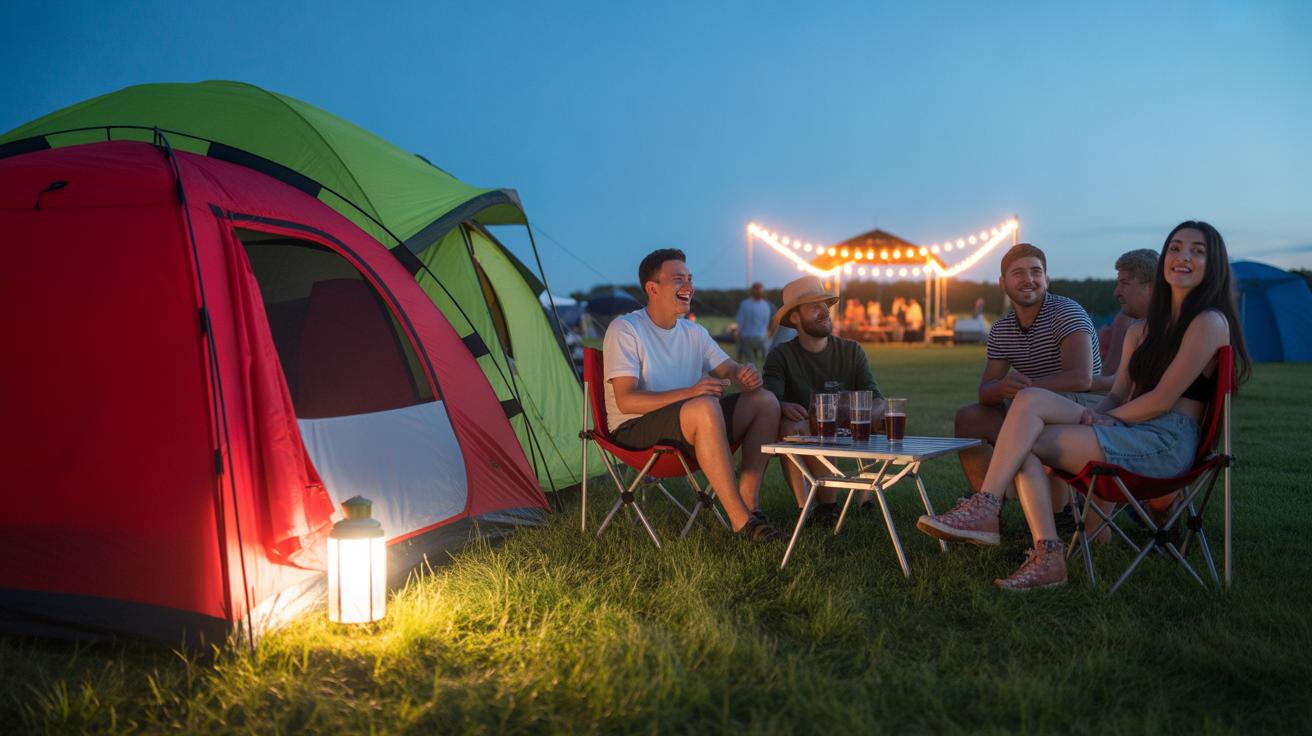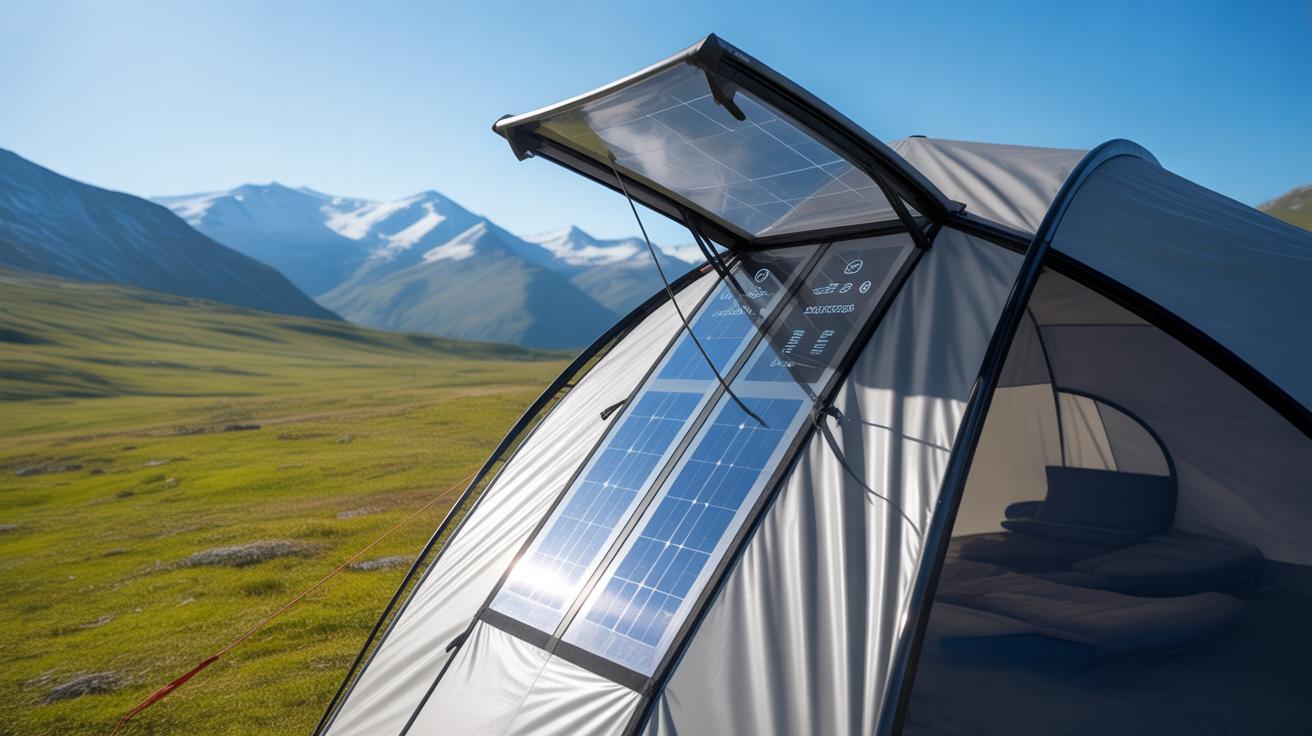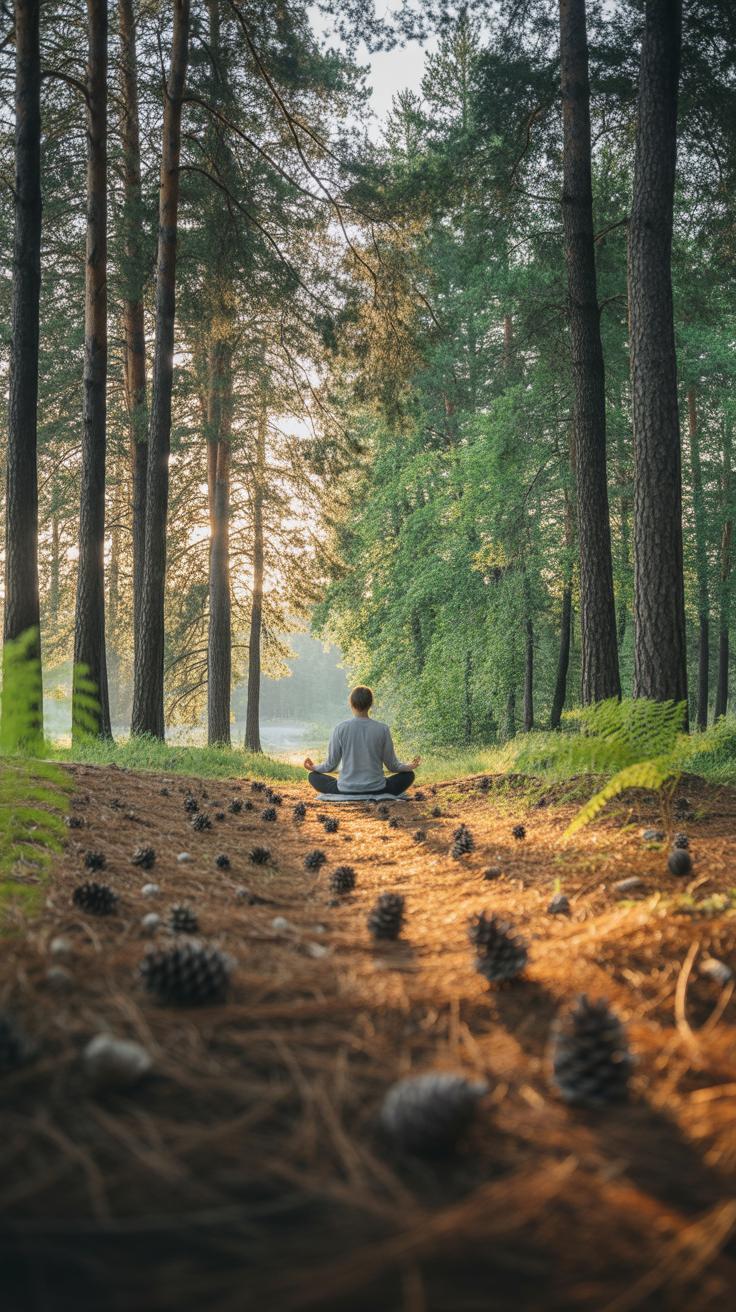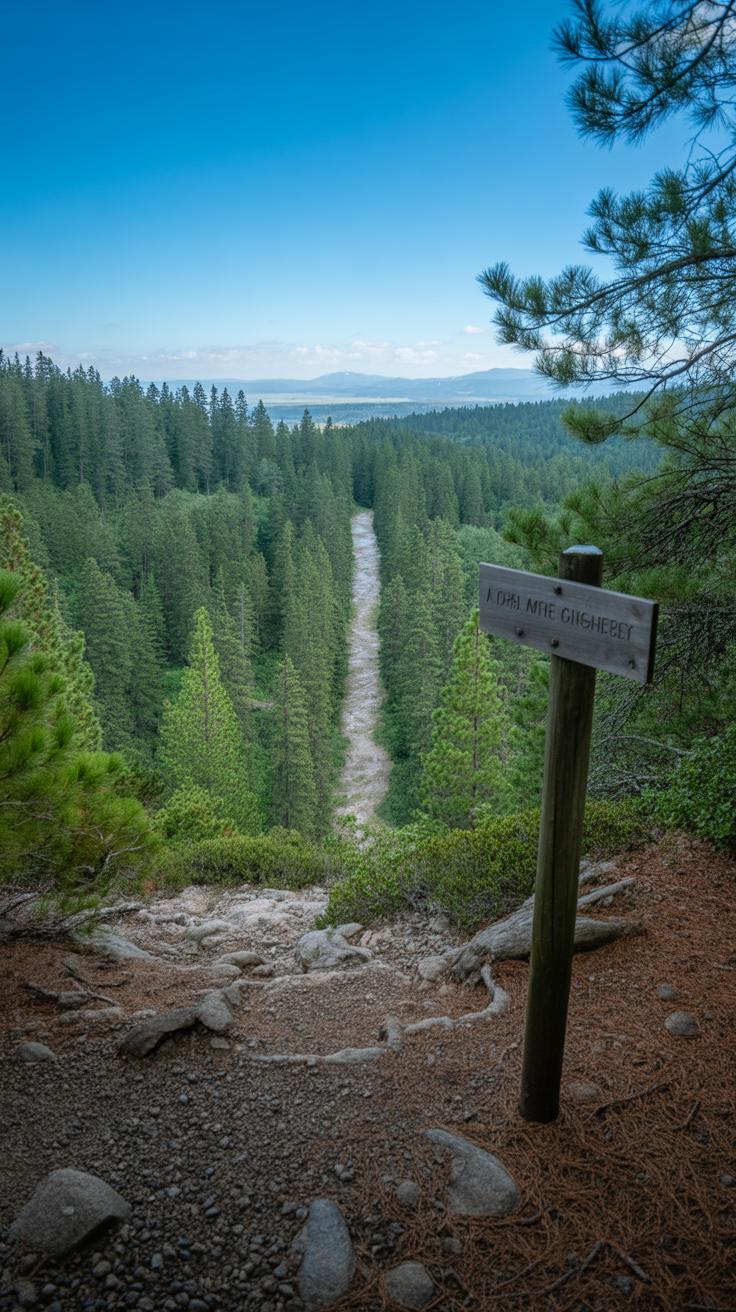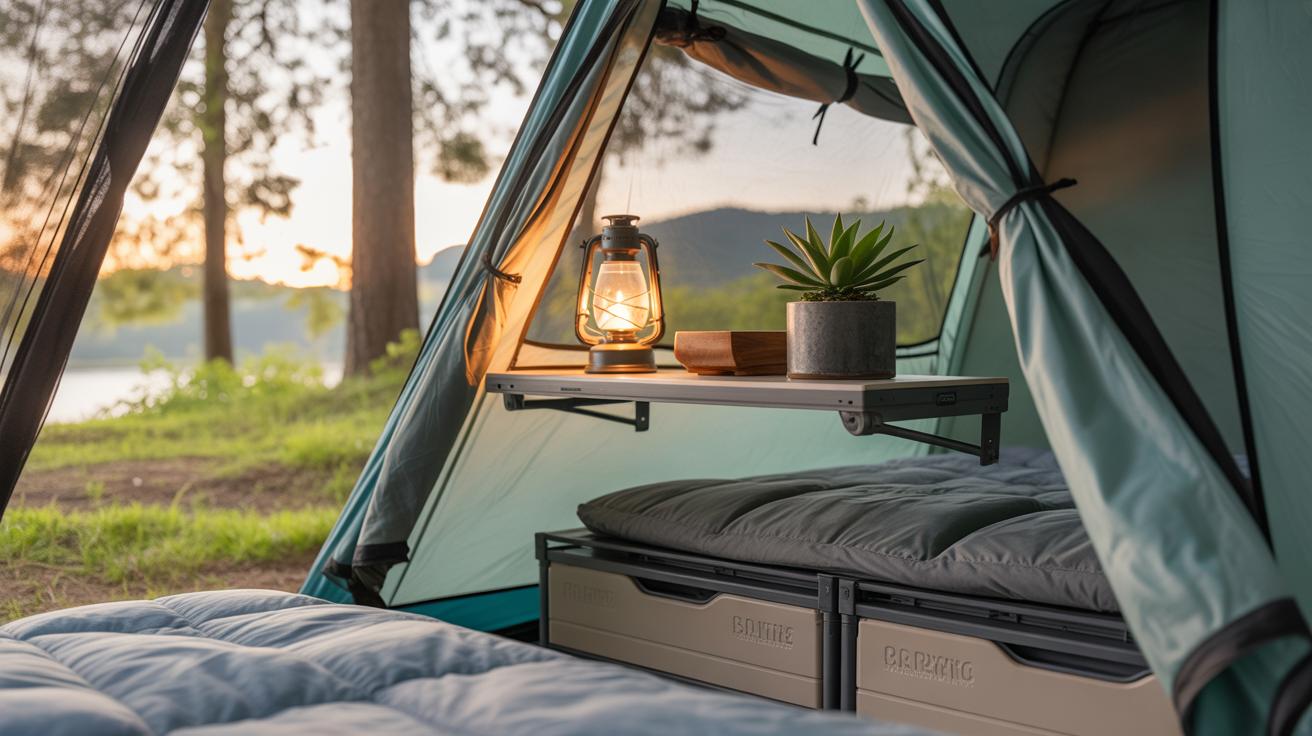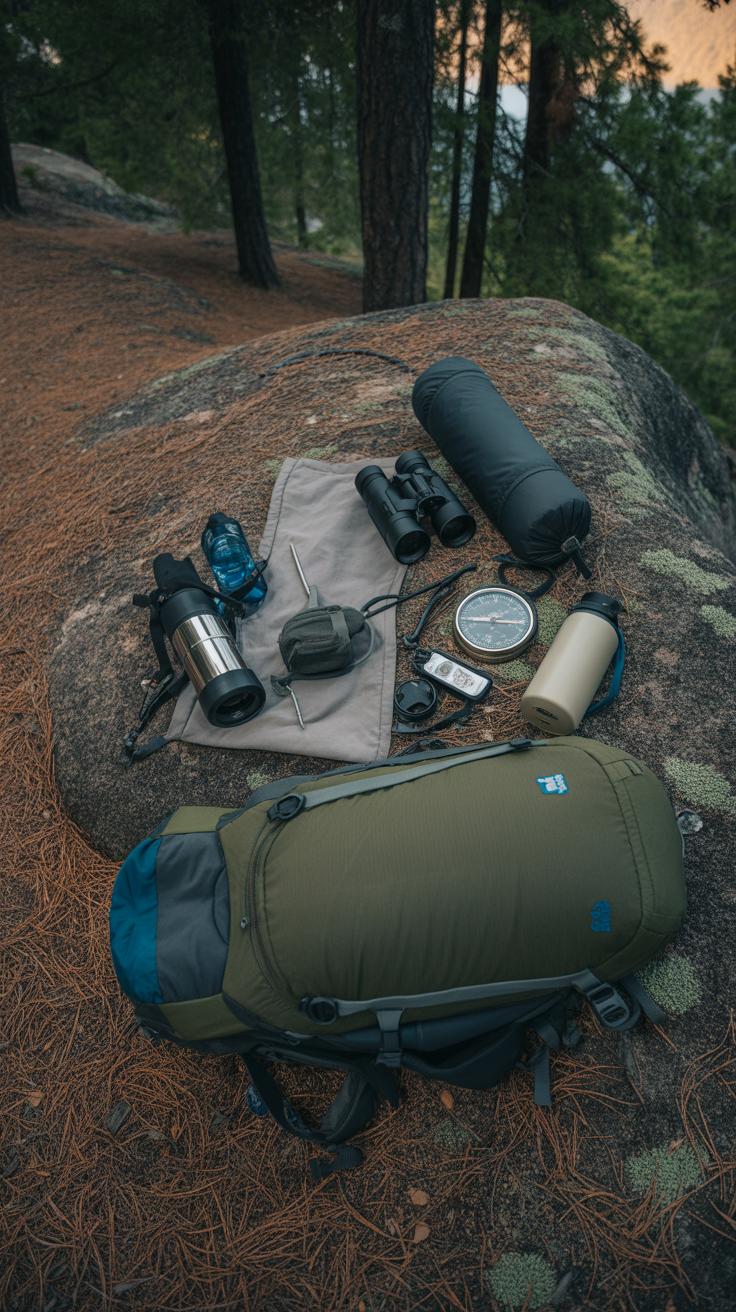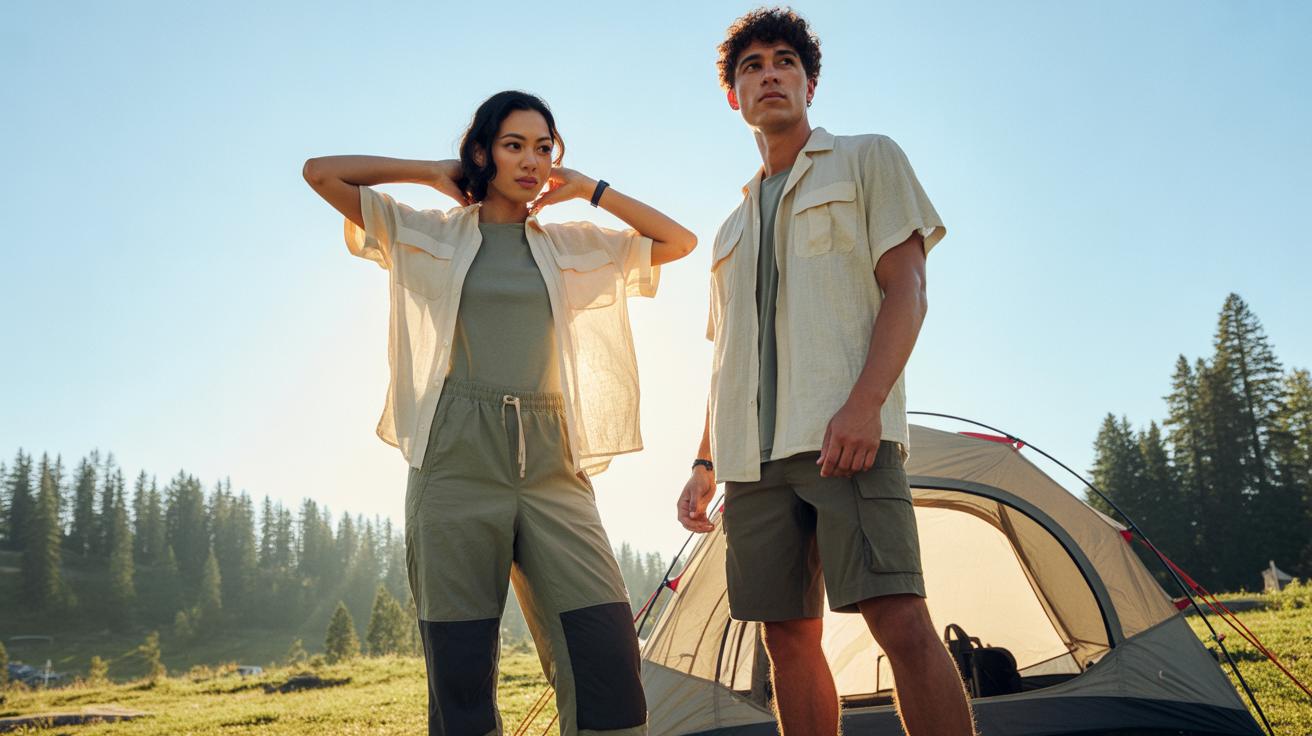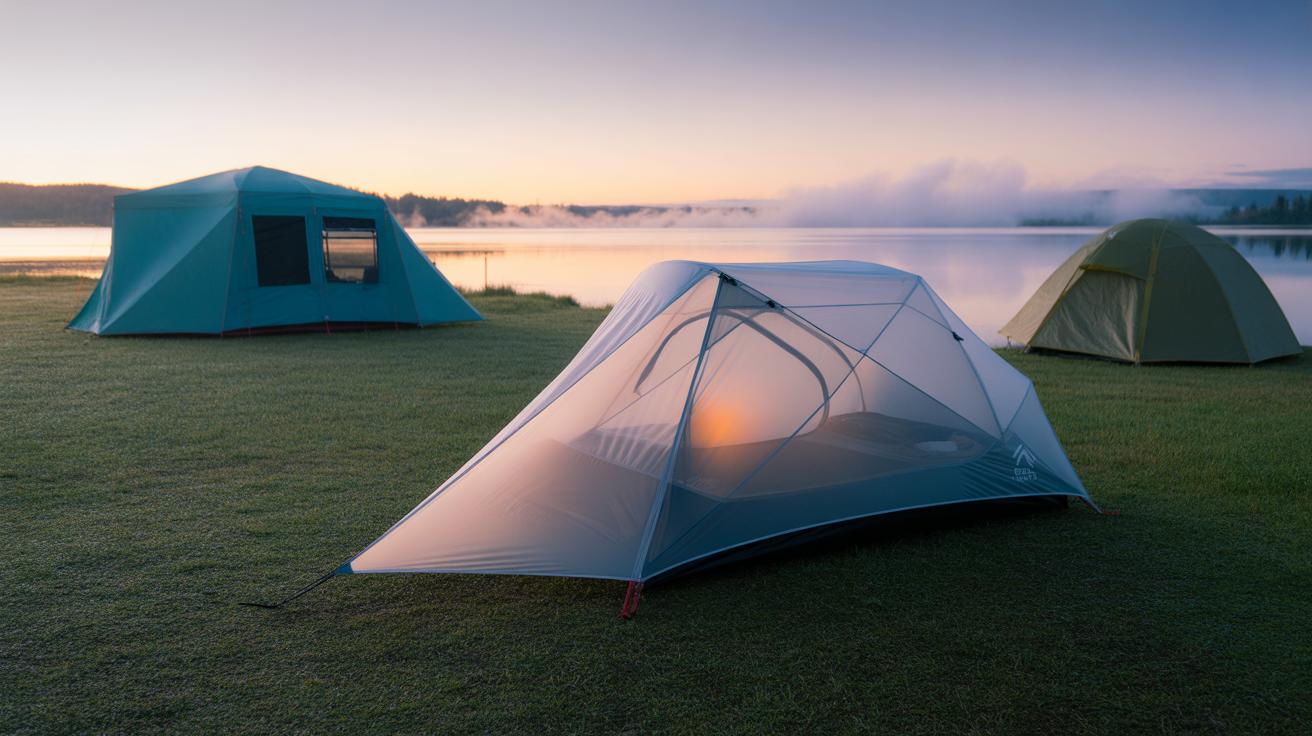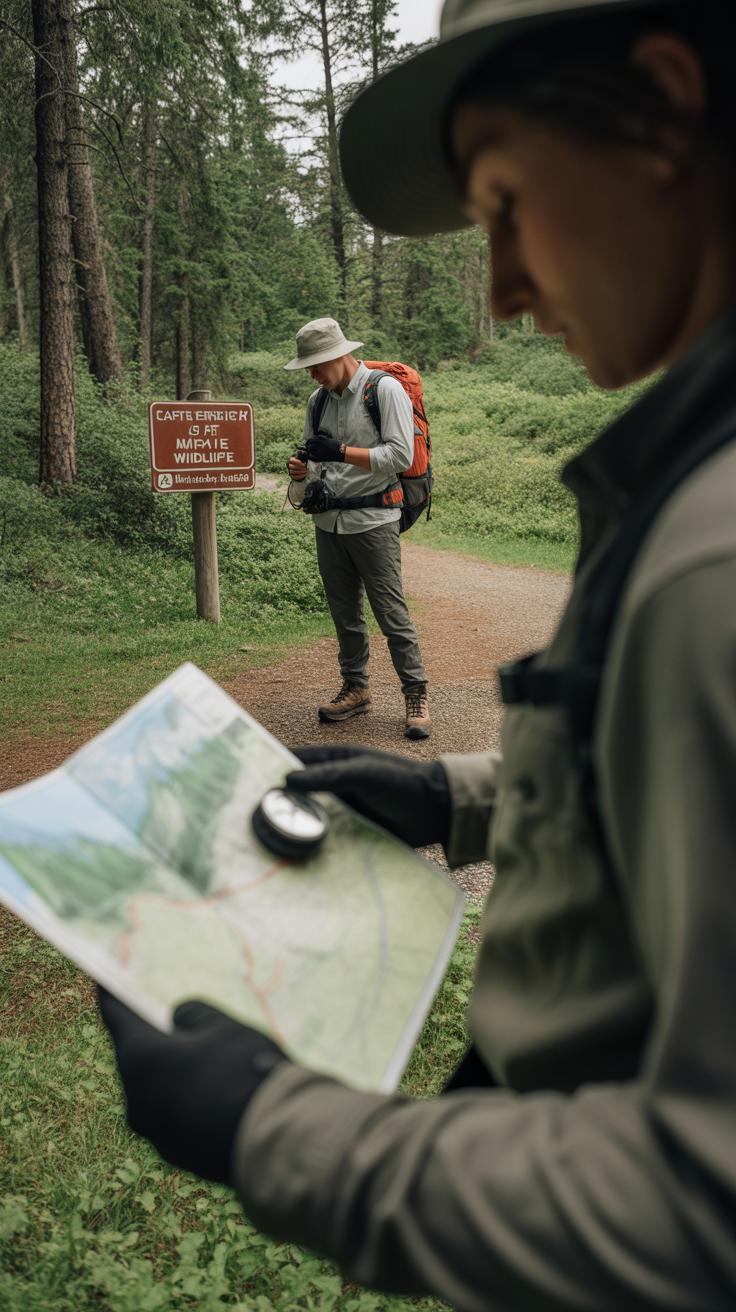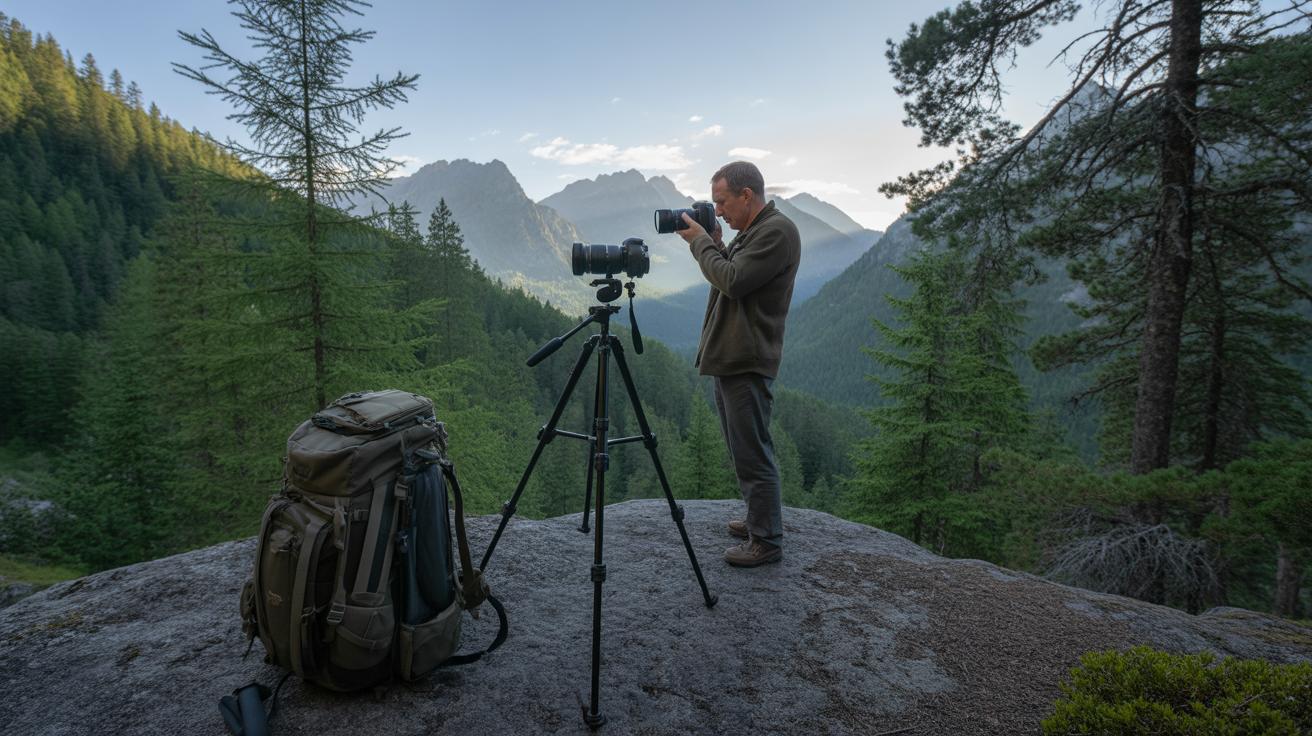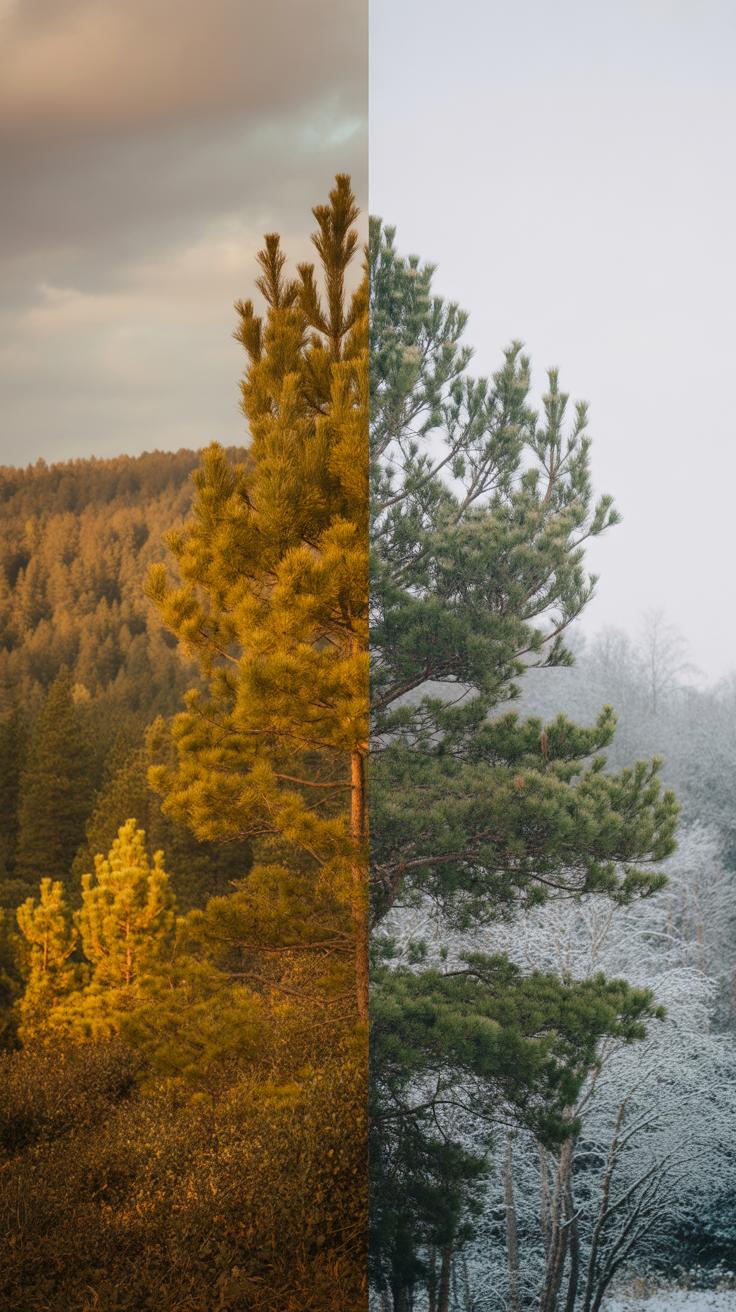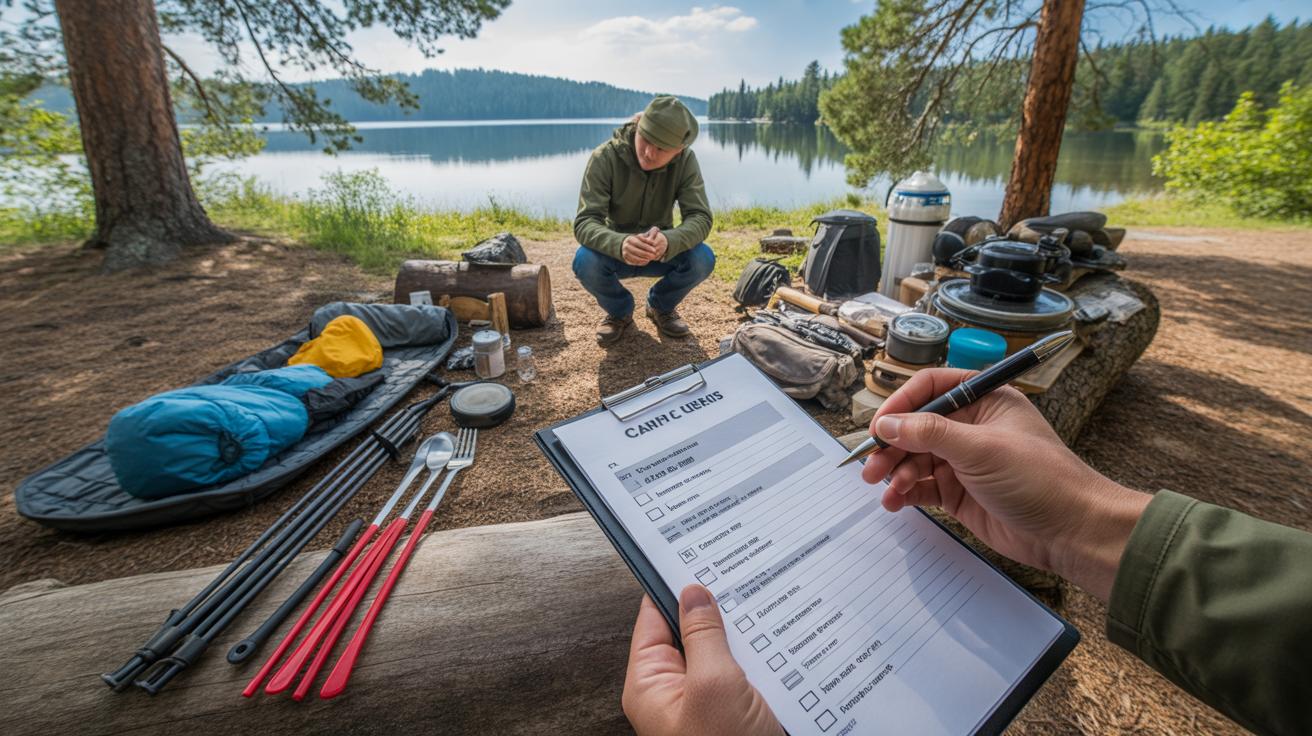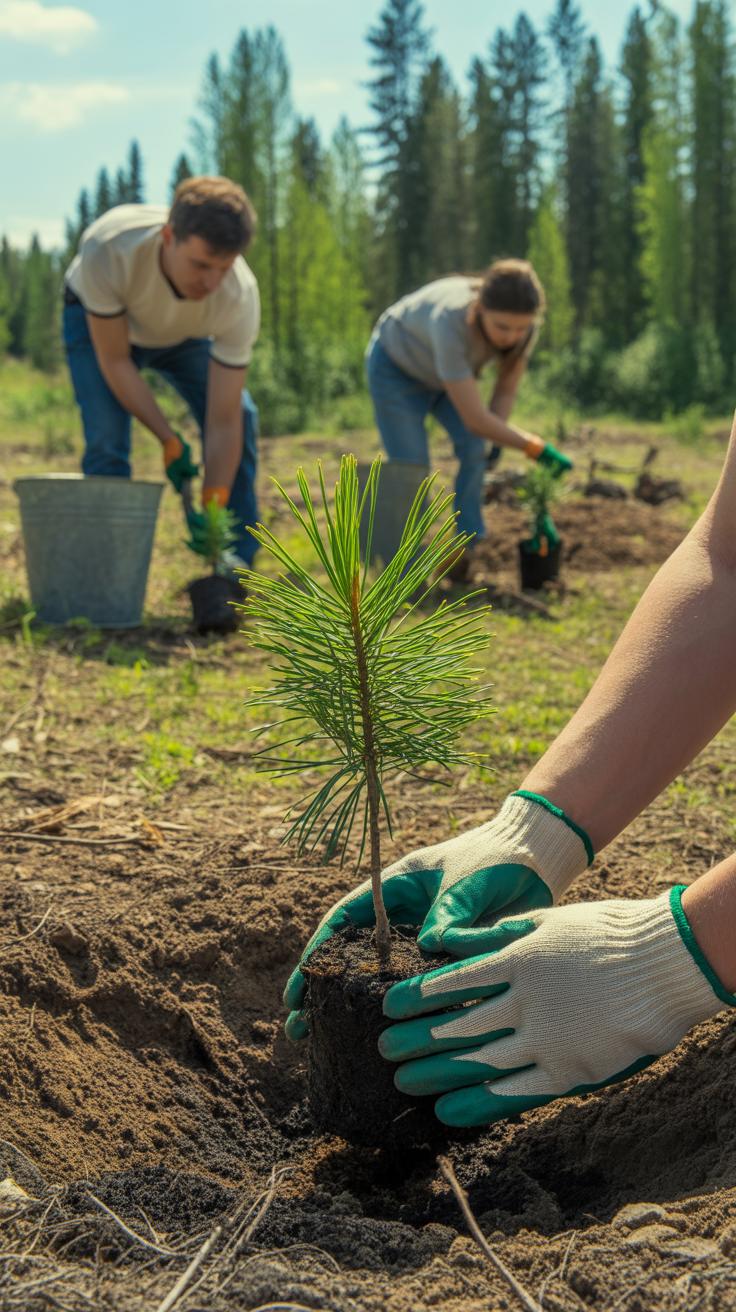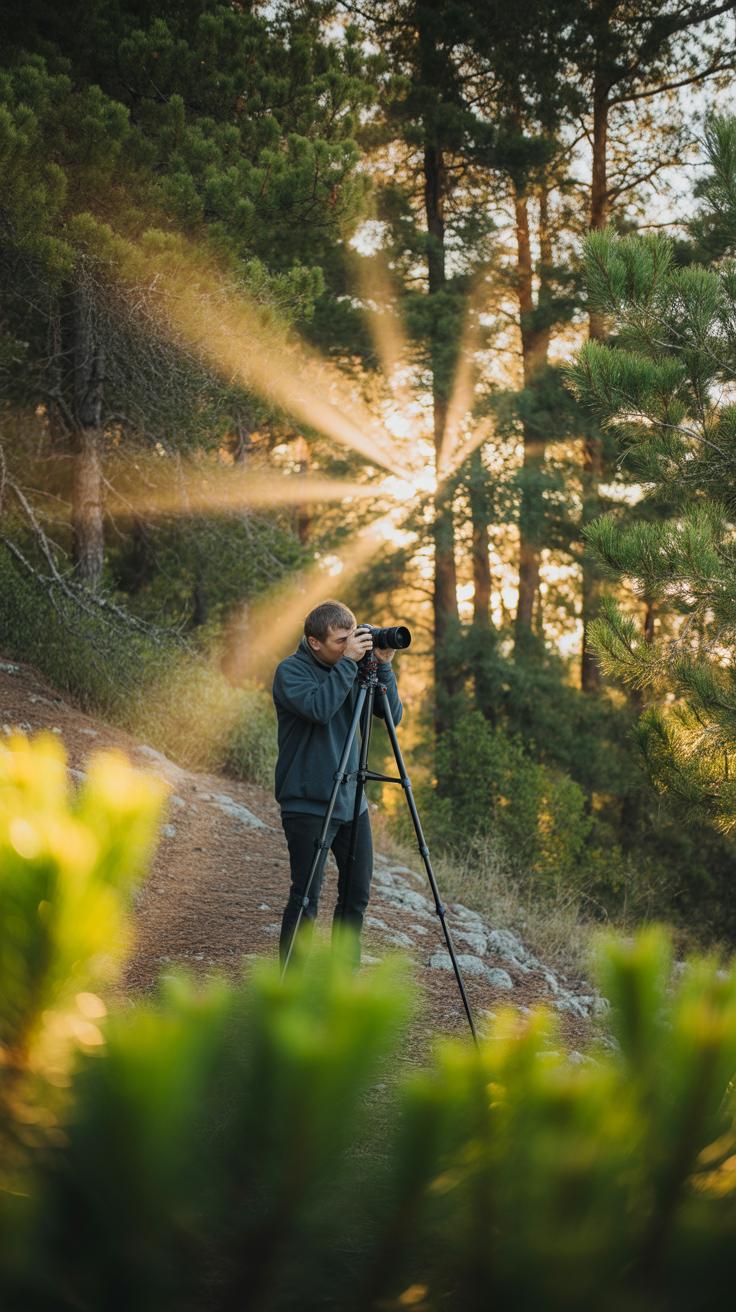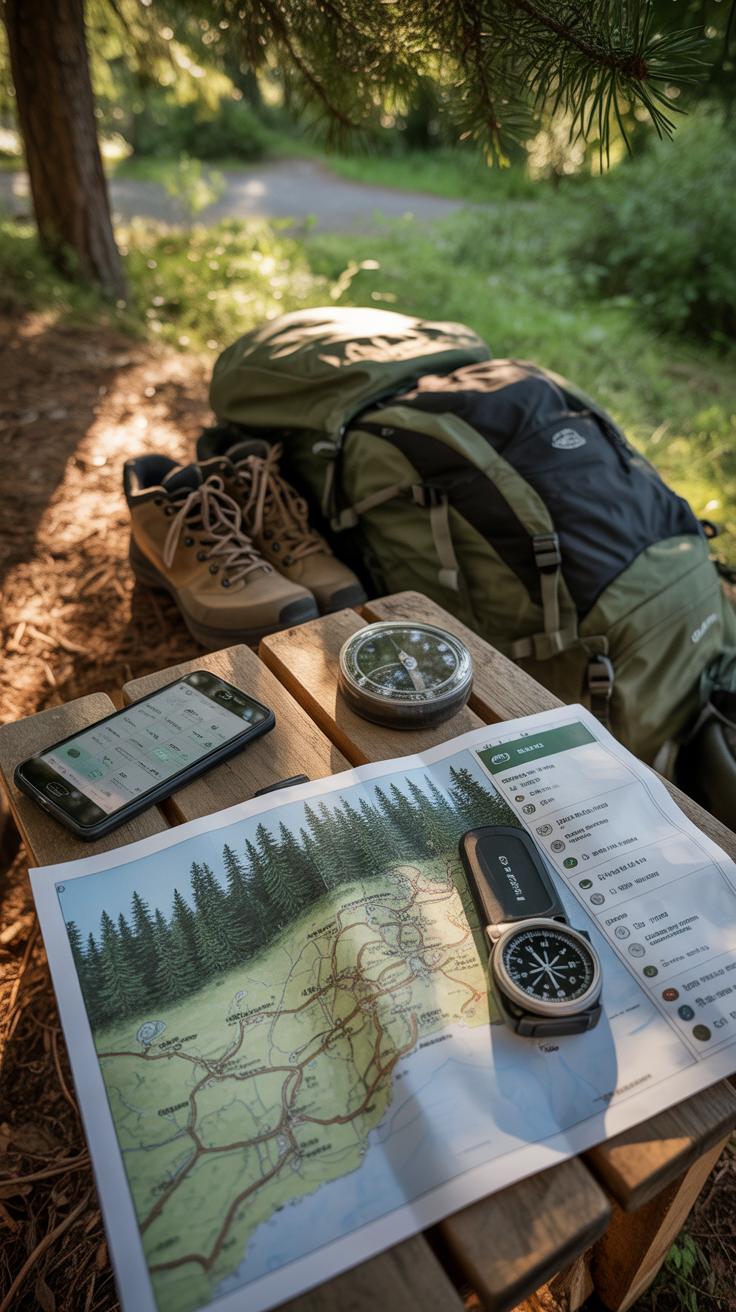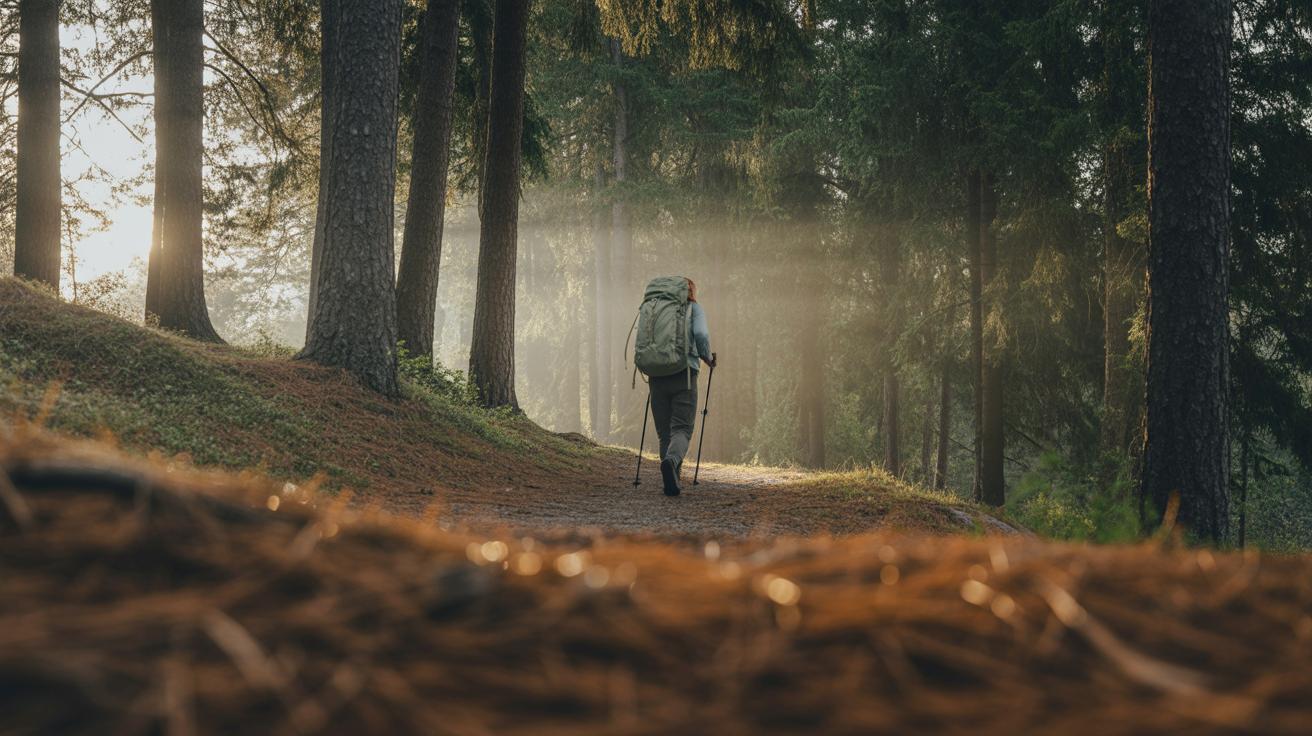
Exploring Pine Forest Trails That Offer Tranquil Escapes
Introduction
Pine forests cover large areas in many parts of the world, especially in temperate climates. These forests are home to tall pine trees that create a peaceful environment. Exploring pine forest trails can give you a chance to enjoy nature’s quiet beauty, breathe fresh air, and find calm away from your busy daily life. This article takes you through the many aspects of pine forest trails, showing you what makes them special.
Walking on pine forest trails is a great way to relax and connect with nature. The soft sound of pine needles underfoot and the scent of pine trees make these trails unique. In this article, you will learn about the types of pine forests, tips for hiking safely, the animals you might see, and how to protect these lovely places.
What Is a Pine Forest
A pine forest is a large area filled mostly with pine trees. These trees are special because they have long, thin needles instead of regular leaves. Pine forests feel quiet and cool, with a fresh, earthy smell that many people find relaxing. You might wonder what kinds of pine trees live there. Well, there are quite a few, but some common ones include the Eastern White Pine, which has soft, blue-green needles; the Ponderosa Pine, known for its thick, rough bark; and the Scots Pine, which has orange-brown bark that peels off in patches.
Each type of pine tree has needles that grow in groups. Some pines have two needles together, others three or five. Their cones, which look like woodsy fruit, come in different sizes and shapes, too. These cones hold seeds that help new trees grow. If you touch the bark, you might find it smooth on young trees but cracked and rough on older ones.
Pine forests grow in many parts of the world, usually in places that are cool or have cold winters. Sometimes they appear on mountains or in areas where the soil isn’t perfect for other trees. You can find them in North America, parts of Europe, and Asia. They also grow in dry places, like some parts of the Mediterranean, because pine trees do well with less water.
Have you ever thought about why pine trees grow in these places and not others? Maybe it has to do with how they survive cold or dry weather better than some other trees. It’s interesting to imagine walking through these forests and noticing how different the trees look compared to other woods you’ve seen.
The Pine Forest Ecosystem
The pine forest ecosystem is like a quiet community where many different parts depend on each other. Pine trees are the main players here. They shape the environment by providing shade, shelter, and food. Their needles fall to the ground and slowly break down, creating a thick carpet that affects the soil’s quality. This soil, often sandy and acidic, supports only certain plants, which means the undergrowth tends to be sparse but specialized.
Animals also fit into this balance. Birds, insects, and mammals depend on both the trees and the ground plants. The soil itself plays a big role too, holding moisture and nutrients that help keep the whole system alive. These natural elements overlap in ways you might not expect. You might think the pine forest is quiet and still, but underneath, it’s a busy, ever-changing world.
Animals That Live in Pine Forests
Walking through pine forests, you may spot some familiar animals. Squirrels darting up trees, woodpeckers tapping trunks, or maybe a deer moving silently between the shadows. Each animal has a role to play.
- Squirrels gather pine cones and spread seeds, helping new trees to grow.
- Woodpeckers control insect populations by feeding on bark beetles.
- Owls hunt small rodents, which keeps the balance in check.
- Deer browse on shrubs and young plants, shaping the undergrowth.
Even smaller creatures like ants and beetles contribute by breaking down dead wood and leaves. You might not notice these busy workers, but they keep the forest floor healthy. It’s like a hidden teamwork happening all around you.
Plant Life in Pine Forests
Under the tall pines, the ground doesn’t get much sunlight, so the plants here look different from those in open fields. Shrubs like huckleberries and junipers manage to grow in this dappled light. They fill in spaces between trees and offer food for animals. Mosses and small ferns cover patches of soil, holding it in place and offering a soft green carpet in some spots.
Some plants are tough and drought-resistant, adapting to the dry, acidic soil. You won’t find thick bushes everywhere, but where they grow, they create little homes for insects and birds. The mix of plants under the pines feels simple but quietly complex, balancing between shade and open patches.
Have you ever wondered how these different life forms manage to coexist without one taking over completely? It’s a delicate give-and-take that keeps the pine forest feeling calm and alive at the same time.
Benefits of Exploring Pine Forest Trails
Physical Health Benefits
Walking through pine forest trails gives your body a genuine workout without it feeling like exercise. The uneven ground and natural obstacles gently engage your muscles, improving balance and strength over time. You might not notice it, but your heart rate picks up, circulation improves, and your lungs fill with refreshing, often cleaner air thanks to those evergreens. Some studies suggest that compounds released by pine trees, known as phytoncides, may even support your immune system. So, a casual stroll here can do more than stretch your legs—it could enhance your overall health in subtle ways.
Mental Health Benefits
There’s something about pine forests that brings calm, though it’s hard to pinpoint exactly what. Maybe it’s the soft rustling of needles or the crisp scent that seems to slow your thoughts. Spending time here tends to reduce stress and lift your mood, sometimes after just a few minutes. Forest trails offer a natural break from everyday noise and routine, encouraging mindfulness without demanding it. It’s not just about escaping; it’s about reconnecting—with yourself and the living world around you. And while you might think your mind would wander, often it settles, which feels… well, a bit necessary in today’s busy life.
Famous Pine Forest Trails to Visit
Trails in North America
If you’re looking to wander through pine forests in North America, a few trails stand out. Take the Lost Coast Trail in California, for example. It meanders along rugged coastlines shaded by towering pine trees, offering a mix of beach views and forest calm that feels surprisingly untouched. Then there’s the White Mountains in New Hampshire, where the Lincoln Woods Trail lets you walk beneath dense stands of Eastern white pine. The air there can feel almost crisp, filled with pine scent that seems to clear your mind without you noticing.
Also, don’t overlook the Pine Barrens in New Jersey. The Batona Trail runs through vast pine forests with an almost mystical quietness. You might catch sight of wild animals or just enjoy how the trail softens the noise of everyday life. These North American trails vary in difficulty but share the common draw of pine’s subtle beauty. Maybe you’ll find one that feels right for a peaceful afternoon hike or a longer weekend escape.
Trails in Other Continents
Outside North America, pine forest trails have their own unique character. The Black Forest in Germany is famous, though it’s a mix of firs and pines. Its trails weave through deep green woods and sometimes reveal quaint villages, offering more than just nature. Walking there, you might wonder how long these trails have seen travelers before you. In Japan, the Aokigahara Forest, near Mount Fuji, is known for its dense pine trees and quiet paths that invite reflection, though it carries a different, more somber reputation at times.
Down under in Australia’s Brindabella Range, pine plantations form peaceful trails too. They might not be as old as natural forests elsewhere, but the atmosphere often surprises visitors with its stillness and clean air. Across continents, pine forest trails feel like invitations to slow down. They’re peaceful without demanding it, leaving space for whatever you need—whether that’s solitude, exploration, or just a break from noise.
What to Bring for a Visit
When you’re heading out to explore pine forest trails, packing right can really make or break your experience. Clothes and shoes come first to mind. Think layered clothing—you may start off chilly but warm up quickly under tall pines, or the temperature might drop unexpectedly. A light waterproof jacket isn’t just for rain; it can shield you from pine needles or wind too.
Footwear matters a lot. Hiking boots with good grip work best since trails can be soft with pine needles or uneven underfoot. Sneakers might be tempting but they often don’t offer the ankle support or traction you need when navigating roots or slippery patches.
Other essentials shouldn’t be overlooked. Bringing enough water might seem obvious, but you’d be surprised how often it’s forgotten. Pine forests can give a false sense of coolness, so staying hydrated is key. Pack some snacks that don’t spoil easily—like nuts or energy bars—to keep your energy up. Don’t rely on your phone’s GPS alone; having a physical map or trail guide is wise since signal can be patchy beneath thick canopy.
A basic first aid kit is a quiet hero here. Even a few bandages, antiseptic wipes, or blister pads can save your hike if you trip or scrape yourself on branches. It feels a bit like overpacking sometimes, but you really don’t want to be caught unprepared far from help.
Have you ever found yourself wishing for something you left behind on a trail? A little thought ahead means fewer distractions, more time to soak in the calm atmosphere of the pine forest.
How to Stay Safe on Pine Forest Trails
Trail Safety Practices
When you’re walking on pine forest trails, staying on the designated paths really matters. It’s easy to be drawn off the trail, especially when the scenery gets quiet and inviting, but this can lead to getting lost or damaging delicate areas. Keep an eye out for trail markers—they can sometimes be faded or covered by needles, so don’t assume you know the way without checking.
Being aware of your surroundings means listening closely—rustling leaves or distant bird calls might help you sense where you are. Sometimes, stepping off trail isn’t dangerous if done cautiously, but it’s usually best to avoid it. If you’re hiking with others, keep them in sight. If alone, consider telling someone your route and expected return time. I once got turned around in a thick pine grove; a quick backtrack saved me from a longer detour that day.
Dealing with Wildlife
Encounters with animals on pine forest trails happen more often than you think. Deer, squirrels, or even birds might cross your path. Most animals won’t bother you if left alone, but it’s hard to be sure what a sudden movement might provoke. If you see a wild animal, don’t approach it or try to feed it. Quietly stepping back and giving it space usually calms the situation.
If an animal seems curious or approaches, stay calm and avoid sudden moves. Making yourself look bigger by raising your arms or using a jacket can sometimes help when dealing with larger wildlife, though usually, animals prefer to keep to themselves. Have you ever felt that mix of excitement and hesitation meeting a forest creature? It’s a strange feeling, wanting to observe yet not disturb.
Seasonal Changes in Pine Forests
Spring and Summer
When spring arrives, pine forests start to feel alive in a new way. You might notice fresh green shoots emerging, though the pines themselves stay mostly the same since they don’t lose their needles. The air fills with sounds—birdsong, insects buzzing, the rustle of small animals moving through the underbrush. It’s quieter than a city, but far from silent.
Warmer days bring a subtle shift in the forest floor. Wildflowers sometimes peek out near the roots, and patches of sunlight filter through the pine canopy, creating cool spots and warm patches. The scent of pine resin sharpens as temperatures rise—it can be oddly comforting or a bit overwhelming, depending on your mood. Walking here in late spring or summer, you might find yourself tuning into these small details more than usual.
One strange thing: despite the lushness you’d expect from summer, pine forests don’t feel dense or stifling. The straight trunks and high canopies allow a lighter atmosphere. You might catch a breeze more often than in other forest types. It’s a quiet kind of vibrant that doesn’t shout, but it’s definitely there.
Fall and Winter
Come fall, pine forests change in less obvious ways. The needles remain green; they aren’t like deciduous trees that flaunt fiery colors. But the undergrowth shifts—leaves from surrounding deciduous plants drop, and the forest floor gains that soft, russet carpet. It feels earthier, somehow. You might notice mushrooms or pine cones scattered about, and the wildlife readies for colder days.
Winter brings a noticeable stillness. When snow arrives, it covers the ground and drapes the branches in white. Sound disappears in this setting; even your footsteps seem muffled. You may see animal tracks—foxes, rabbits, deer—making their way through the snow. It’s peaceful, yes, but the quiet can feel heavy or maybe a little eerie, depending on the moment.
Colder months reveal the pine forest’s resilience—it stands green and steady when other trees are bare. Yet the trails can feel lonelier, maybe even a little isolating. Some hikers prefer this because it forces you to slow down and notice things you’d overlook in warmer weather. You learn the forest’s rhythms shift with the seasons, but the pine’s presence remains a constant, steady anchor throughout.
Protecting Pine Forests
When you’re walking through a pine forest trail, it’s easy to feel like just a visitor passing through. But every footstep and every piece of trash left behind adds up. You might think one wrapper won’t matter, yet litter can harm wildlife and spoil the quiet beauty that draws so many people here in the first place.
Leave No Trace
Leaving no trace means more than just packing out what you bring in. It’s about watching where you step, staying on marked paths, and avoiding unnecessary damage to plants or small animals’ homes. I’ve seen signs urging hikers to “leave it as you found it,” and it really makes you think—because if everyone left behind just a little disruption, soon the forest wouldn’t feel quite so peaceful.
Think about your last hike. Did you notice any forgotten trash or crushed plants? That slip of candy foil seemed harmless, but where does it end up? Leaving no litter respects the forest and the next person who wants to breathe in fresh pine air without distraction.
Supporting Forest Care
There are ways to go beyond just being a careful hiker. You might consider volunteering for trail clean-ups or contributing to local forestry groups. Sometimes, a small donation or spreading awareness can help fund maintenance that keeps trails safe and accessible for everybody.
Even just sharing your positive forest experiences with friends or online encourages others to treat these spaces carefully. Forest care feels like a big responsibility, but you don’t have to tackle it alone. Many organizations appreciate any help, no matter how small or occasional.
Have you ever thought about joining a local park group or attending a community event focused on conservation? It might surprise you how connected you can feel to the forest when you pitch in a little.
Photography Tips for Pine Forest Trails
When taking photos in pine forests, light plays a crucial role. Early mornings or late afternoons often offer the softest and most flattering light. The sun is low, casting gentle shadows and warm hues that can highlight the needle textures or the rough bark of pine trunks. Midday sun can be harsh and create deep shadows, but sometimes that contrast can add drama—try shooting in shaded spots to avoid blown-out highlights.
Focus on simple yet striking subjects. Tall pine trees stretching skyward create natural leading lines. Look for patterns in the needles or fallen pine cones on the ground. Wildlife like birds or small mammals appear occasionally; they’re challenging but rewarding when captured sharply. Don’t forget surrounding plants or mushrooms growing at the tree bases, offering subtle color variations.
Try varying your perspectives—shoot upward through the branches or get close for detailed shots. Using a wide aperture can make backgrounds blur softly, isolating your subject. And sometimes, I find just pausing and observing before raising the camera helps the best moments to unfold naturally. Maybe it’s about patience more than anything technical.
Planning Your Pine Forest Adventure
Picking the right trail can shape your whole experience in a pine forest. You might want something short and easy if you only have a few hours or if you’re not feeling too adventurous. But maybe you’re up for a longer trek that tests your stamina—that’s fine, too. Trails vary quite a bit: some wind gently through open groves while others climb steeper hills, hidden among thicker pines.
Think about what you want to see. Do you prefer quiet, shaded paths where sunlight barely touches the ground, or trails that open up to scenic overlooks? Some trails might offer small creeks or spots to rest, while others keep you fully immersed in pine-scented woods almost the whole way. Knowing this can help you decide before you lace up your boots.
Trial and error plays a role. Sometimes a trail looks simple on a map but feels different in reality, maybe rockier or muddier than you expected. Prepare for uneven ground—good shoes, water, and a snack go a long way. Weather can shift, so layering helps—in pine forests, it might stay cooler than nearby open areas. And don’t forget, a quiet moment among the pines often means no cell signal, so have a plan if you might need help.
Conclusions
Your visits to pine forest trails can bring moments of peace and joy. These trails offer more than just a walk; they offer a way to feel connected to the earth and its quiet rhythms. You can explore the unique plants and animals, learn about the forest ecosystem, and enjoy healthy exercise.
Plan your visits well to get the most out of your trips. Respect the forest by staying on trails and leaving no trace behind. Pine forests are special places that need care to stay beautiful. Enjoy your peaceful trails and help keep them safe for future visitors.

